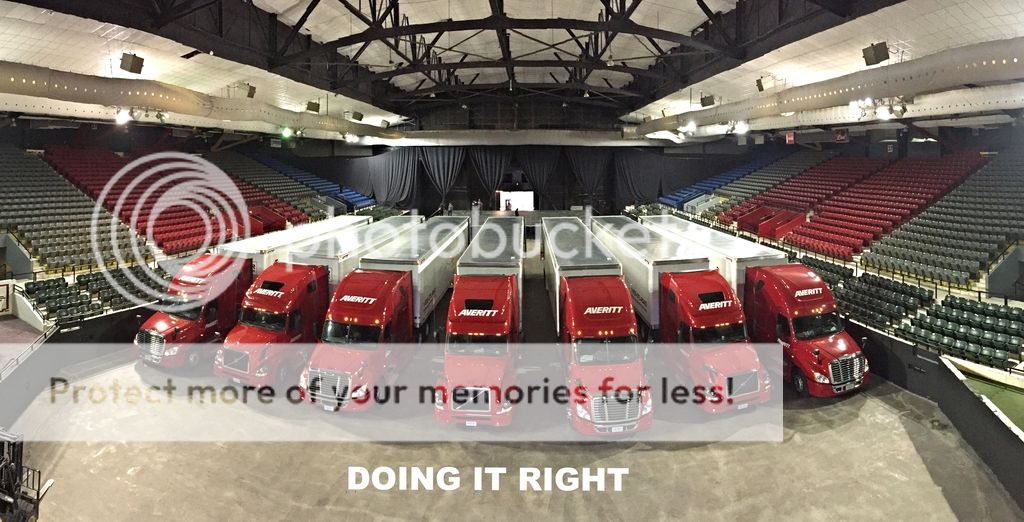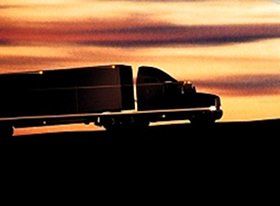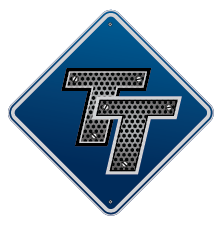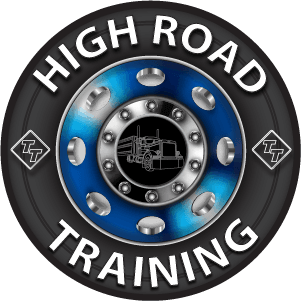Some Words Of Wisdom From One Of The Wisest (well, If Smart A** Qualify As Wise) . . .
Topic 4639 | Page 1

Good info Jopa! I would just add be careful watching the day cabs, they will jack the s**t out of their trailers. Try that with a sleeper and you will be making a call no one wants to make.
Good advice on the trainer as well. Mine was okay but he did have his moments where I wanted to release my kraken. Trainers are temporary and it gets much better when you are in your own rig.
Day Cab:
A tractor which does not have a sleeper berth attached to it. Normally used for local routes where drivers go home every night.

Hi Jopa! I was wondering how things were going for you with your trainer, and now I know!  Too bad your trainer is a horses behind, but it sounds like you are figuring things out despite him. I am with you on the speed limit thing. We have a lot of road construction in our area this time of year and I am amazed how fast people blow through, even with the warning that fines are doubled. I used to work with funeral homes in one of my previous sales jobs, and one of them I worked with had a woman they did the services for who worked on a road construction crew and was killed by a motorist while her husband (who was the crew chief) was standing just a few feet away and could do nothing to stop it. That alone makes me watch my speed in construction zones. Glad you checked in to share!
Too bad your trainer is a horses behind, but it sounds like you are figuring things out despite him. I am with you on the speed limit thing. We have a lot of road construction in our area this time of year and I am amazed how fast people blow through, even with the warning that fines are doubled. I used to work with funeral homes in one of my previous sales jobs, and one of them I worked with had a woman they did the services for who worked on a road construction crew and was killed by a motorist while her husband (who was the crew chief) was standing just a few feet away and could do nothing to stop it. That alone makes me watch my speed in construction zones. Glad you checked in to share!
New Reply:
New! Check out our help videos for a better understanding of our forum features

















Preview:








 TT On Facebook
TT On Facebook
I just wanted to pass along some of the information and experience I have obtained during my TNT training phase at Prime, Inc. Much of it I learned in spite of the trainer I have and in between the times he either looked, acted or was thoroughly disgusted by my actions or lack of knowledge – which is weird since I am supposed to be LEARNING . . . hello?
Anyway lesson number one: be humble as even the biggest jerk has some valuable information you can learn . . . this is also lessons number 2 & 3 . . . it’s that important . . . and remember, it is (after all ) HIS/HER truck and you are a temporary guest there – don’t forget that. My tongue is very sore but I have bitten it more than once . . . I recommend you do the same . . .
Here are some tips of a general category:
1. Backing – a mystery until it isn’t . . . I recommend watching very closely as much of the time the explanation does not jive with what the instructor is actually doing. Also, observe other truckers at truck stops and shippers/receivers and watch their techniques. The drivers in day cabs (the ones without sleepers behind the cabs) are usually the most experienced as they mostly pick-up and deliver all day and don’t do a lot of OTR driving in between. Some really good techniques can be gleamed here. Oh, and your instructor might be beneficial in this department – mine was not. His gestures and screaming made me almost say, “Forget it. I’ll figure it out AFTER I get my own truck.” I didn’t say it, just thought it. Remember, be humble.
2. Shifting: Again, VERY difficult until it isn’t. These diesel engines (at least in the Freightliner Cascadia) have a tremendous amount of torque and are not being lugged even when they appear to be. For you complete newbies, torque is the ability of an engine to produce rotational or “twisting” power and differs greatly from the type of raw horse power we associate with the typical gasoline powered cars (non-gutless-wonder types). However, where a gasoline powered engine might have a significant power curve (from low to high RPM) the diesel engine has a very limited power range – usually a few hundred RPM from bottom to top. That’s important. You shift (whether by double-clutching or “floating the gears”) by matching the road speed of the truck to the RPM range of the engine. Revving the engine too high or too quickly (think of rate of acceleration for the second part) makes it near impossible to get it into the next gear when shifting up or down. Get the road speed and the proper gear down early and it will really help. For example, the truck I drive has very specific ranges ; power curve is 900 to 1200 RPM and you want to shift inside that range (your range may vary – like your highway mileage). Want to go from 10th to 9th? Make sure road speed is BELOW 45 MPH and bring the engine RPM up to about 1200 and it should slip right in. Ratios like that unlock the mystery. Learning them takes time and experience. Go slow, keep the revs low and just keep trying. You’ll get it.
3. Road speed: NO ONE GETS A TICKET FOR DOING THE SPEED LIMIT! You may be the only vehicle on the road DOING the speed limit but do it any way. Especially in construction zones. I got real used to five rigs all tailgating me and each other by the time I got to the end of the construction zone. Pi**ed ‘em off but pi** ON them. I haven’t gotten a speeding ticket and I hope I never do. Also, MIND THE POSTED exit speed on ramps and curves and do 10 MPH less at least. The trailers goes over a lot easier than you might think.
4. Stay in your lane: The truck I drive has a very annoying sound when you cross over either of the lines demarcating your lane. Using the blinker neutralizes the alarm so you don’t hear it while changing lanes. You know how a trailer cheats, or takes a smaller radius around a corner at an intersection? Well, it does the same thing on a curve, just less so. To keep the trailer tandems in your lane on a curve, aim the steering tire just inside the OUTSIDE line (the left side on a right curve and the right side on a left curve). This will insure the trailer cheats AWAY from the line in question and doesn’t intimidate the traffic in the lane next to you. Going over the line to the side of the road is not as bad as violating the space of the traffic in the next lane on a crowded freeway with lots of traffic. I’ve been honked at more than once
In any case, just a few pointers I’ve learned along the way. Hopefully, others will chime in and add their own. For you newbies and potential students, never stop observing out there. It helps you be safe. Never a dull moment (well, maybe a few, but not as many as you might imagine).
Be safe,
Jopa
Shipper:
The customer who is shipping the freight. This is where the driver will pick up a load and then deliver it to the receiver or consignee.
OTR:
Over The Road
OTR driving normally means you'll be hauling freight to various customers throughout your company's hauling region. It often entails being gone from home for two to three weeks at a time.
Day Cab:
A tractor which does not have a sleeper berth attached to it. Normally used for local routes where drivers go home every night.
Tandems:
Tandem Axles
A set of axles spaced close together, legally defined as more than 40 and less than 96 inches apart by the USDOT. Drivers tend to refer to the tandem axles on their trailer as just "tandems". You might hear a driver say, "I'm 400 pounds overweight on my tandems", referring to his trailer tandems, not his tractor tandems. Tractor tandems are generally just referred to as "drives" which is short for "drive axles".
Tandem:
Tandem Axles
A set of axles spaced close together, legally defined as more than 40 and less than 96 inches apart by the USDOT. Drivers tend to refer to the tandem axles on their trailer as just "tandems". You might hear a driver say, "I'm 400 pounds overweight on my tandems", referring to his trailer tandems, not his tractor tandems. Tractor tandems are generally just referred to as "drives" which is short for "drive axles".
TNT:
Trainer-N-Trainee
Prime Inc has their own CDL training program and it's divided into two phases - PSD and TNT.
The PSD (Prime Student Driver) phase is where you'll get your permit and then go on the road for 10,000 miles with a trainer. When you come back you'll get your CDL license and enter the TNT phase.
The TNT phase is the second phase of training where you'll go on the road with an experienced driver for 30,000 miles of team driving. You'll receive 14¢ per mile ($700 per week guaranteed) during this phase. Once you're finished with TNT training you will be assigned a truck to run solo.